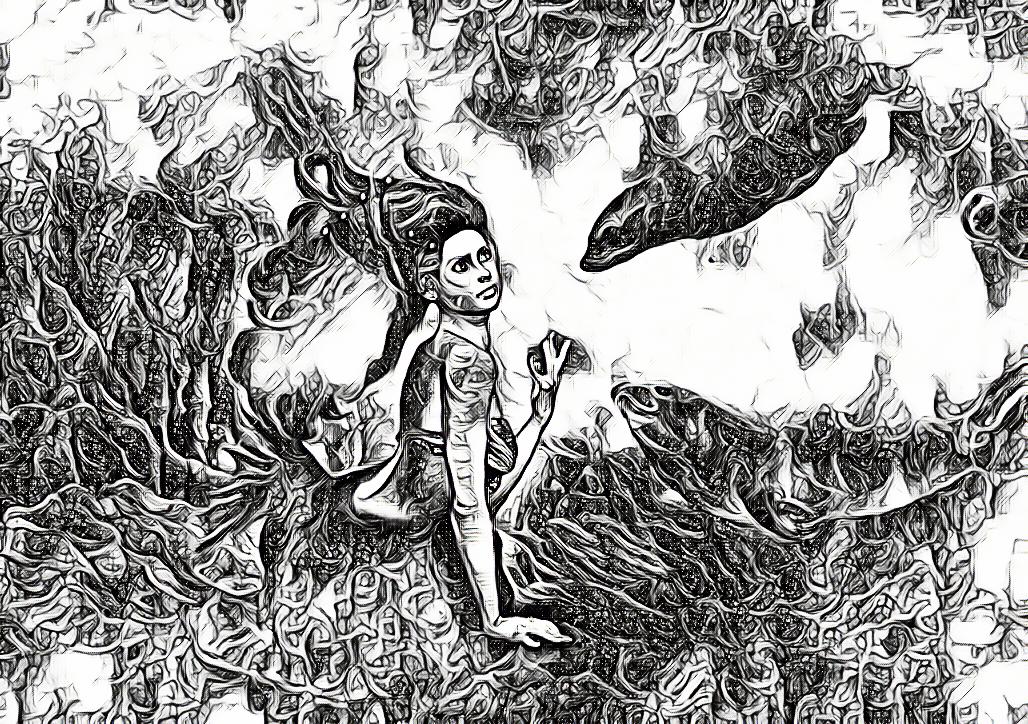Selkies, mythical beings with the ability to transform between seal and human forms by donning or shedding their seal skin, are prominent figures in the oral traditions of Celtic and Norse cultures, particularly in the Northern Isles of Scotland. The term “selkie” is derived from the Scots word for “seal” and is alternatively spelled as silkies, sylkies, or selchies.
These creatures possess a dual nature, alternately benevolent and helpful or dangerous and vengeful towards humans. Selkies are often depicted as alluring in human form, engaging in romantic or sexual relationships with humans, leading to stories of tragic unions and abandoned children.
Found in the mythology of various cultures, including Faroese, Icelandic, Irish, and Manx, selkies share similarities with other seal-like beings such as mermaids and finfolk. The term selkie encompasses different spellings like selky, seilkie, sejlki, silkie, silkey, saelkie, and sylkie.
In Gaelic stories, selkies are often referred to as maighdeann-mhara in Scottish Gaelic, maighdean mhara in Irish, and moidyn varrey in Manx, all signifying ‘maiden of the sea.’
The folklore surrounding selkies involves various themes, including stolen seal skins, coerced marriages, and the yearning of selkies to return to the sea. Selkies are also associated with superstitions, and their skins were considered powerful. Killing a seal was believed to bring misfortune.
Selkie tales are rich in the Scottish Isles, with distinctions between Orkney and Shetland traditions. The selkie-wife narrative, where a man steals a selkie’s skin, forces her into marriage, and experiences her eventual return to the sea, is a recurring theme. Children born of human-selkie unions may have distinctive features like webbed hands.
Some legends suggest selkies can transform into humans periodically, linked to the conditions of the tides. There are also associations with sinful origins or condemned souls, limiting their ability to assume human form.
Selkie stories extend beyond Scotland, with parallels found in the folklore of the Faroe Islands, Ireland, and Iceland. Notably, the Faroese legend of Kópakonan and the Irish tradition of seal-women (merrow) contribute unique perspectives.
In some versions, selkie children born of human-selkie unions may have physical characteristics setting them apart, like webbed toes and fingers. These traits are woven into the rich tapestry of selkie mythology.
Various theories attempt to explain the origin of selkie myths. Some attribute them to encounters with Finnish or Sami women, misidentified due to their sealskin kayaks and clothing. Others suggest misinterpretations of sightings of Inuit or shipwrecked Spaniards, influencing the belief in the ability to transform from a seal to a human.
Selkies, with their captivating tales and enduring presence in folklore, continue to inspire art, literature, music, and film across different cultures.
